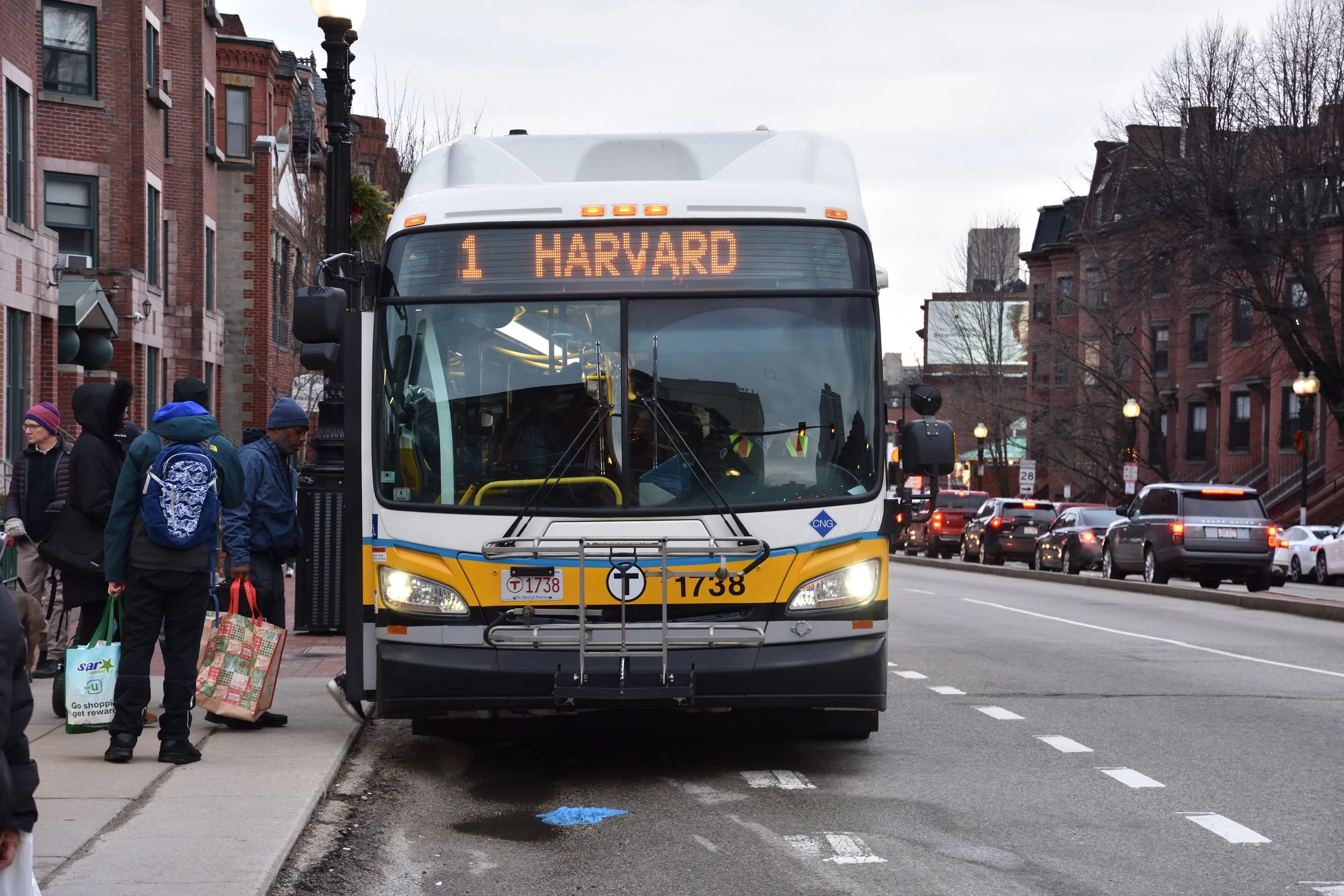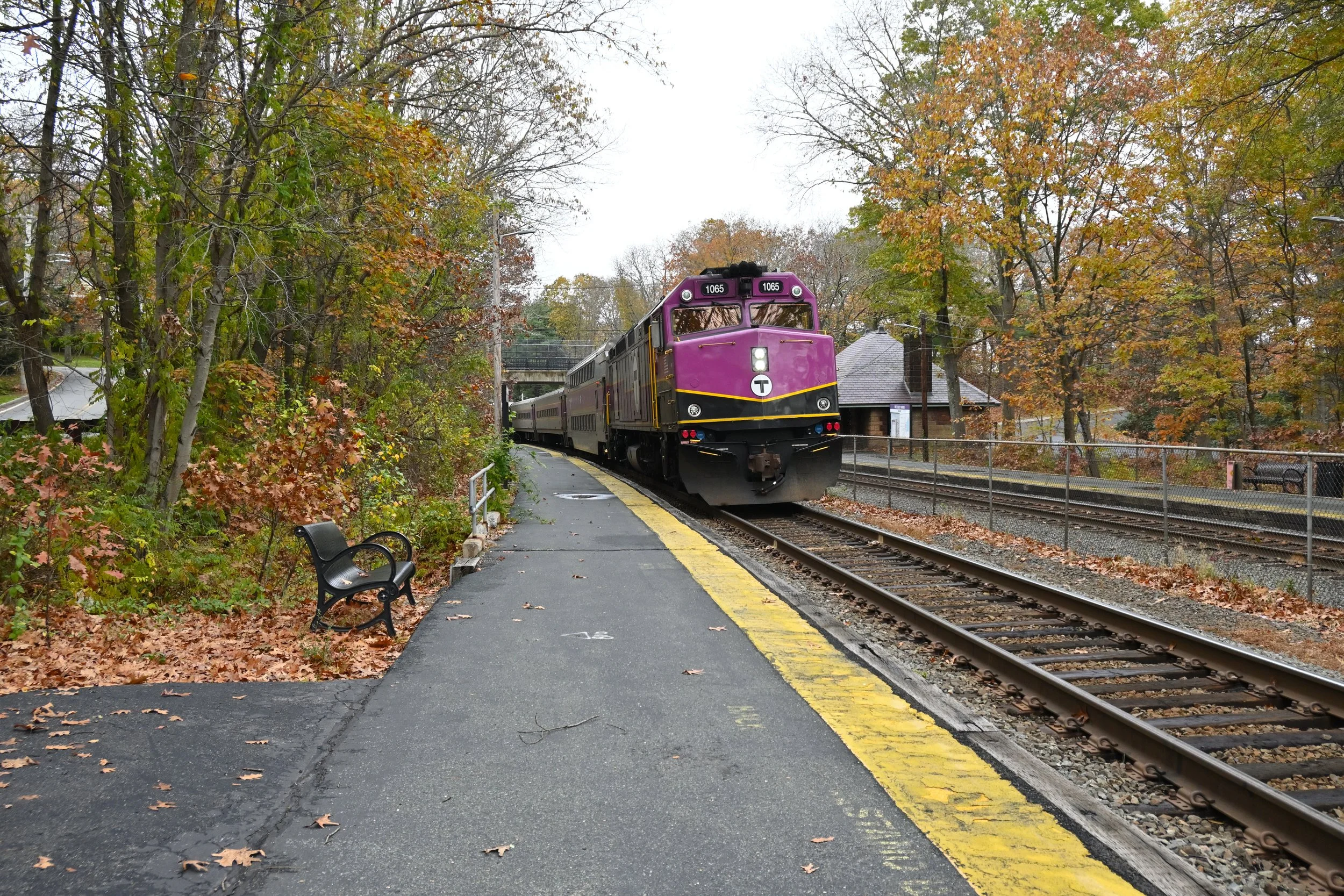The MBTA's at it again with their signs. This time they had a template, but still managed to turn an opportunity to communicate with its riders into a block of blithering text. Even worse is the fact that the text comes roughly from an MBTA press release that was verbose, redundant, and awkwardly phrased to begin with. These posters, which were first sighted Wednesday evening, were posted in few places around Alewife and Park Street stations, including on some blank A-frame sign boards next to another sign with poor body copy. The other signs present at the station posted construction updates on the switch just south of Alewife. (Photos at the bottom of the post.)
General Manager Rich Davey has stated his focus is on safety and customer service, and he reiterated this on a recent visit to Springfield. If he and the MBTA are serious about customer service, it's imperative that they get their act together and work on communicating with their patrons. It was said at the first meeting with the GM over three months ago that the MBTA does not do enough to tell its own story, to advocate for itself, and essentially keep riders informed. However, one would be hard pressed to find improvement in the communications side of customer service if many of those methods communicate very poorly to begin with.
I've focused a lot on signs and posters mostly because they're a passion of mine, but also because they are the perfect test for the agency's ability to communicate critical customer service-related information to riders efficiently and conspicuously. A family of four visiting from out of town managed to miss a sign that was right next to them at Park Street. When I asked them their thoughts on the sign, they noted that the reason they didn't notice the sign was because it simply wasn't conspicuous enough. Surely there are better ways of engineering the signs to be more conspicuous than having MBTA crew dress up like the American stereotype for a terrorist and walk around with the signs.
As of this posting, there still isn't a conspicuous notice about the emergency response drill on the main MBTA page and no immediate indication from the main page that such advisories even exist. Further, there is no information available online on the construction updates at Alewife. When all is said and done, the MBTA needs to work on communicating efficiently and clearly, in their signs, press releases, and other communication methods. If they don't, their attempts at informing riders will go unnoticed and the agency will continue to look like a bunch of bureaucrats doing an amateur job of serving the greater Boston area.
As usual, I've included my own revisions below, linked to PDFs of the revisions.
[gallery columns="3" exclude="106,118,99,100"]










